To commemorate Labor Day, we tell the story of one of the most influential organizations in the trucking industry: the Teamsters.
Labor Day in the United States (Labor Day) was established in 1882 as a way to recognize the social and economic achievements of American workers and the country’s Labor Movement. This date celebrates the strength that workers bring to the nation, highlighting that the workforce is one of the fundamental pillars of its economy.
Unions emerged from the need for workers to be treated with fairness and dignity, which represents the core of the Labor Movement in the United States. Therefore, during this Labor Day commemoration, it is fitting to highlight one of the most influential organizations in the road transportation sector: the International Brotherhood of Teamsters (IBT), also known simply as the Teamsters.
Since its founding in 1903, according to some sources, this organization has fought to protect the rights of truck drivers, ensuring fair wages and decent working conditions. With over 120 years of history, the Teamsters stand as the most iconic union in the road transport industry.

The beginning of the Teamsters: from strikes to mafia ties
The union was formed at a time when the industry was just beginning to consolidate, but that didn’t stop its members from demanding what they deserved. Back then, truck drivers earned very low wages, and their long working hours were not adequately compensated. Additionally, the job was dangerous, and workers had little protection. The trucker’s life was tough, demanding, and unrewarding.
The arrival of the Teamsters marked a turning point, and although change didn’t happen overnight, their commitment to workers and their negotiation strategies began to yield results. The union did not hesitate to call strikes to assert their demands and soon became an influential force within the sector.
During the Great Depression, under the leadership of Daniel J. Tobin, a Boston member, the union grew significantly. Tobin discouraged strikes, promoting internal discipline and pushing employers to sign contracts. It was also under his leadership that the Teamsters first implemented the regional conference system, which gave the union more stability, organizational capacity, and national leadership.
By the start of World War II, the Teamsters were already among the most powerful unions in the U.S., with a 390% increase in membership between 1935 and 1941, reaching 530,000 members.
In the 1950s, the union faced difficult times. Its then-leader, Jimmy Hoffa, was accused of alleged ties to the mafia, sparking a notorious rivalry with Robert Kennedy. Despite this, Hoffa continued to fight for workers’ rights, even during his 13-year sentence for federal perjury. In 1975, after his release, Hoffa disappeared. However, his efforts bore fruit for the future of the Teamsters.
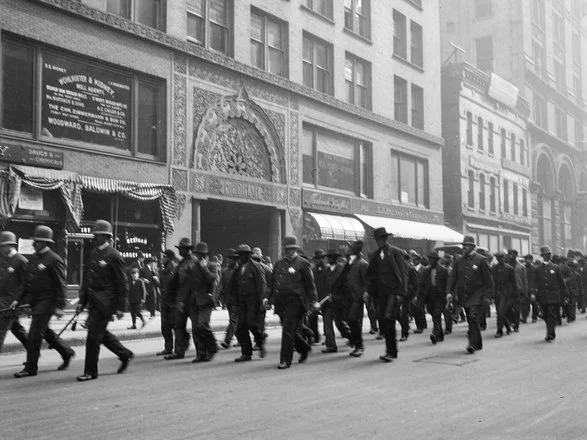
From the 1970s to today: the evolution of the teamsters
During the 1970s, the union expanded its representation through national contracts, dealt with jurisdictional conflicts with other unions, and founded the Teamsters National Black Caucus to promote racial equity within the organization.
A decade later, in the 1980s, the union faced a crisis caused by transportation deregulation but managed to stop major wage cuts. Additionally, it accepted federal oversight that allowed the democratization of its structure through direct elections, a victory driven by the internal movement Teamsters for a Democratic Union (TDU).
In the 1990s, these reforms bore fruit with the election of Ron Carey as president in 1991, the first leader elected directly by the membership. During his tenure, the Teamsters led the historic national strike against UPS in 1997, achieving wage increases, more full-time jobs, and the preservation of benefits. Although Carey was replaced by James P. Hoffa in 1998, the union retained many of the democratic structures established during that era. These years marked a key period in strengthening union power, combined with a deep internal transformation toward transparency and grassroots participation.
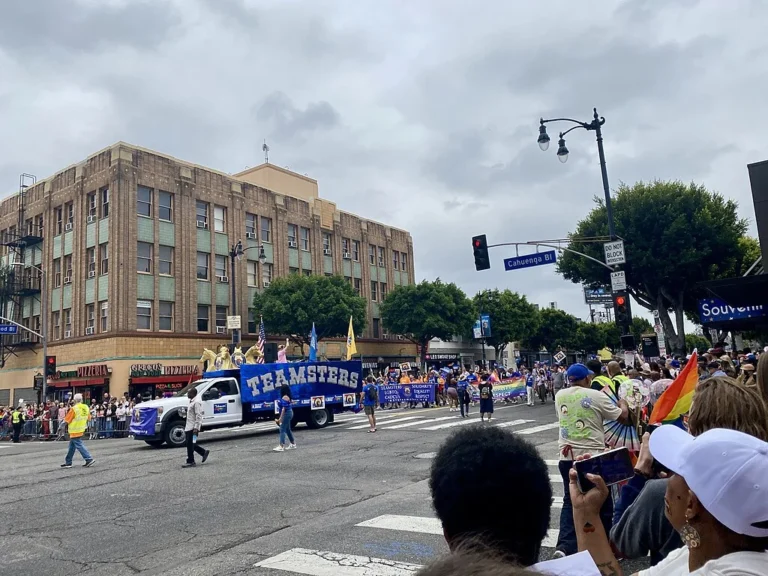
Today, the Teamsters remain the largest union in the road transportation industry, with more than 1.3 million members in the United States and Canada. The union’s mission has not changed since its inception, they continue fighting to ensure truckers receive fair working conditions, now under the leadership of Sean M. O’Brien.
In addition to representing truck drivers, the Teamsters also represent bus drivers, public transit workers, law enforcement officers, municipal and county workers, among many others.

The best Christmas gifts for a trucker
Find the best Christmas gifts for truck drivers with these options based on their needs and personality. The holiday season is often a challenging time
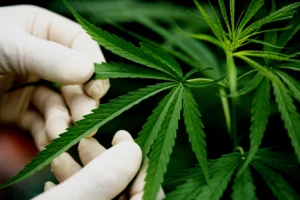
Cannabis reclassification could affect the trucking industry, ATA warns
President Donald Trump signed an executive order directing his administration to reclassify cannabis into a less restrictive federal category, could this affect the trucking industry?
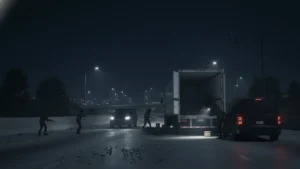
ATA Calls for Tougher Penalties Against Cargo Theft
Cargo theft has moved from being an industry nuisance to a national concern. The American Trucking Associations (ATA) warned Congress that the crime is draining billions from the U.S. supply chain, disrupting logistics operations, endangering drivers, and increasingly intersecting with organized crime and national security threats—prompting renewed calls for stronger federal penalties and coordinated enforcement.

The first Bipartisan Trucking Caucus
Led by a group of lawmakers who come together to pursue shared policy goals, the caucus will focus on the integrity, safety, and growth of

NDAA passed with new protections for truck drivers and military freight
Congress approved the National Defense Authorization Act, a key piece of legislation that includes provisions aimed at protecting truck drivers. Congress approved this week the
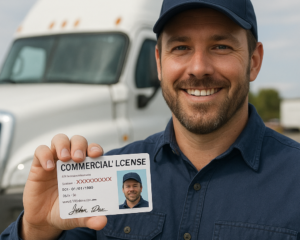
California to Reissue Contested Commercial Driver’s Licenses, Challenging Federal Pressure
California plans to reissue contested commercial driver’s licenses (CDLs), reopening a regulatory dispute with federal authorities and raising key questions for the U.S. trucking industry.
